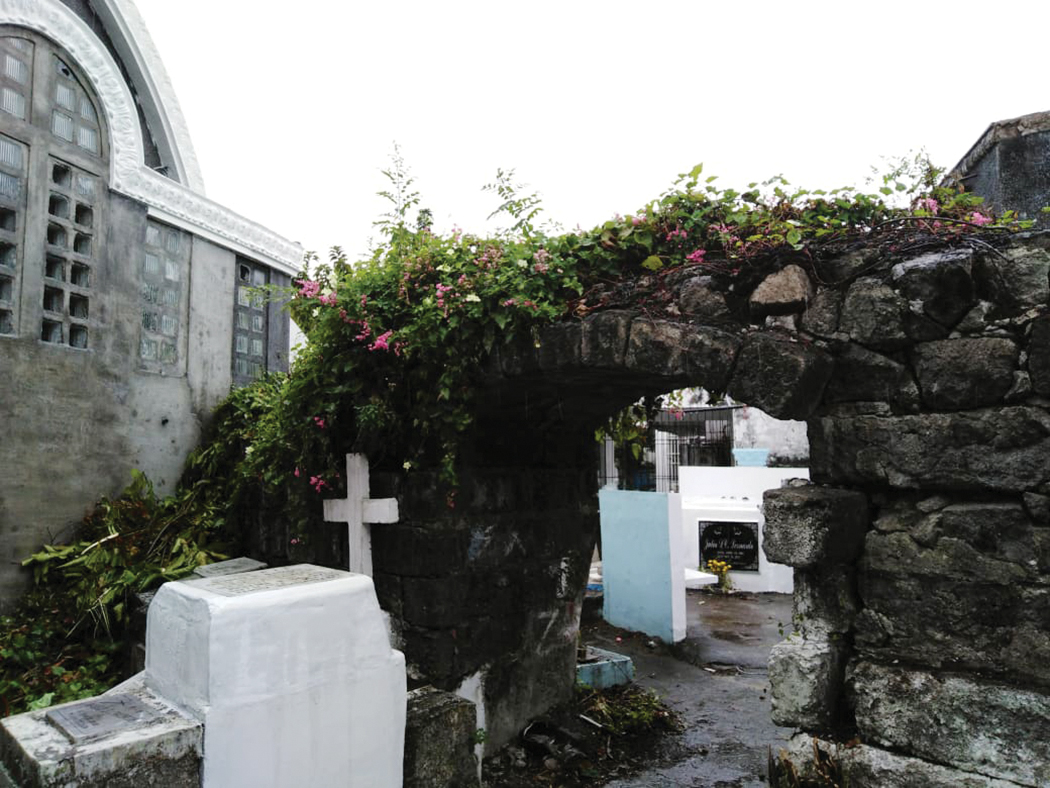Bulacan town cemetery gives visitors a glimpse of history

SOCIAL DIVIDE Centuries-old adobe arches at Bulakan town cemetery remind visitors that even in death, the elite and ordinary Filipinos during the Spanish era were different. CARMELA REYES-ESTROPE
BULAKAN, Bulacan — A visit to this town’s cemetery on All Saints’ Day also brings most residents close to a part of their history.
The gateway to the tombstones are three 440-year-old adobe arches, which once separated the elite from the “indios” during the Spanish colonial period.
Symbol of colonialism
The arches signified where members of the “principalia” were buried.
The tombs, which carry the surnames Icasiano, Enriquez, Rodrigo, Molina, Del Rosario and Tansinsin, are at the front of the cemetery that have been set apart by a massive adobe wall.
Article continues after this advertisementThe arches are all that remain of these walls.
Article continues after this advertisementPreserving the arches does not mean Bulakan endorses this period of discrimination, said Joey Rodrigo, municipal tourism and information officer.
“The structure does symbolize colonialism but we cannot change the past, and must instead preserve the lessons from this piece of Bulakan history,” he said.
The arches are Bulakan landmarks but the cemetery itself hosts celebrities and historical figures, said Josefina Bautista Reyes-Burgos, granddaughter of the late Manila Times correspondent Emilio Bautista. Bautista is buried there.
Elite
At the side of the cemetery once reserved for the elite are the tombs of Col. Vicente Enriquez, communist leader Jesus Lava, Senators Francisco “Soc” Rodrigo and Francisco Delgado, Governors Jacinto Molina and Restituto Castro and Mayors Artemio Meneses and Pablo Roxas.
The 2-hectare public cemetery is part of the Nuestra Señora de la Asuncion Church complex that was declared a national heritage and an important cultural property by the National Museum of the Philippines on June 15 last year.
The adobe wall and the church were completed on Aug. 15, 1578, the feast day of Bulakan’s patron saint. —CARMELA REYES-ESTROPE